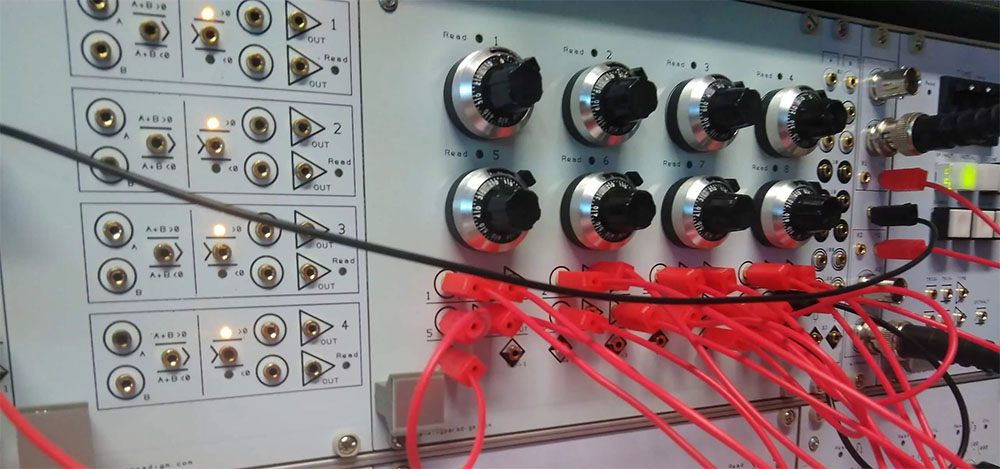
Photo Credit: File Photo
In a world hurtling toward digital efficiency, there exists a quiet revival—an ode to the past, a celebration of imperfections. Analog technology, once deemed obsolete, has reemerged with newfound allure. From vinyl records to film cameras, these seemingly outdated relics have found their way back into our lives, defying the rapid march of progress.
The crackle of a needle on vinyl—the warmth of sound that digital files can’t replicate. In the UK, vinyl LP sales soared in 2023, with six million records finding new homes. Independent record shops, once endangered, now dot high streets, their shelves adorned with musical treasures. And it’s not just seasoned collectors; contemporary musicians like Taylor Swift and Lana Del Ray spin their tunes on vinyl, bridging generations.
Modular synthesizers, those enigmatic machines of yesteryear, have returned with a vengeance. Brands like Korg and Moog have revived classics and introduced affordable modules for novices. Synthesizer enthusiasts—both young and middle-aged—gather at music events, coaxing Kraftwerk-inspired sounds from pocket calculator synths. The allure lies in tactile knobs, patch cables, and the thrill of discovery.
Film photography, once overshadowed by digital convenience, now dances in the spotlight. Its imperfections—the grain, the unpredictability—beckon artists. A 19th-century camera demands patience. Each shot is deliberate, a precious frame captured on film. Naomi, a budding photographer, revels in this unhurried process. She crafts her images with care, knowing that every click matters.
Old brands are coming to life, for example, Kodak, Polaroid, and Leica.
Kodak, Polaroid, and Leica—names etched in photographic history—have risen from the ashes. Polaroid, saved from oblivion, now thrives. Its instant portraits evoke nostalgia but also a longing for tangible memories. Film cameras, once niche, find new enthusiasts. The Oscars, too, honor analogy: four out of five cinematography nominees shot on Kodak films. The magic lies in the grain, the texture—the soul of film.
Why choose “difficult” technologies when simplicity beckons? Perhaps it’s the challenge—the joy of mastering a complex machine. Schneiders Buero, the Berlin synth haven, offers no instructions. Visitors connect modules, fumbling and learning. Effort becomes part of the experience. Analog, paradoxically, thrives in its resistance to ease.
In a frenetic digital world, vinyl albums and slow-brewed coffee stand as antidotes. The tactile, the deliberate—the appeal of the slow. Naomi’s camera, Michael’s synthesizer—both defy haste. They invite us to pause and savor. The physicality of analog grounds us, reminding us that life need not be a blur.
Analog isn’t just about aesthetics; it’s about meaning. Disciplined filmmakers like Christopher Nolan choose film. It’s not costlier; it’s intentional. Effort shapes art. Analog technology demands commitment—the labor of love that digital often lacks. Work, effort, meaning—they intertwine in the analog tapestry.
Analog’s allure lies in its imperfections. The scratch on a record, the grain in a photograph—they tell stories. We embrace these flaws because they mirror life. In a world sanitized by pixels, analog whispers, “I am flawed, and that’s beautiful.”
So, we celebrate analog—the echo of a bygone era. Vinyl spins, film winds, and synthesizers hum. They remind us that beauty isn’t always pristine; sometimes it crackles, fades, and wobbles. And in those imperfections, we find our humanity.
Ig @ mannu mwendwa
















